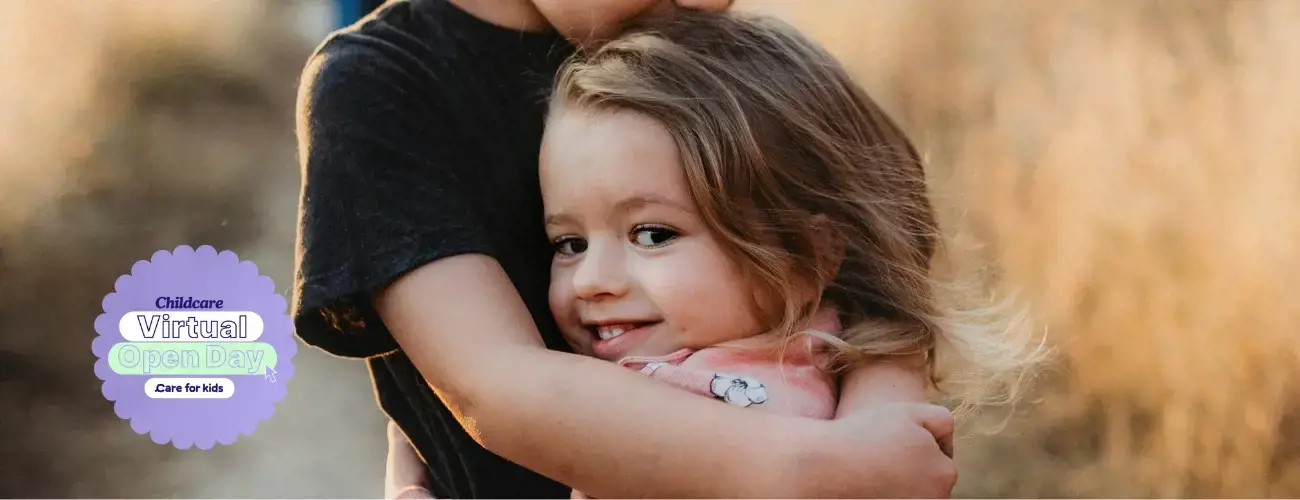If you’re looking for a gentle, child-centred approach to early education, the Reggio Emilia philosophy could be just what you’re after. Developed in Northern Italy after World War II, this way of teaching celebrates children’s curiosity, creativity, and ability to learn through exploring their world.
What Makes Reggio Emilia Special
1. Learning Through Curiosity
In Reggio Emilia, children are encouraged to ask questions, wonder about the world, and explore things that interest them. Educators guide them through this journey, but your little one would take the lead to allow their curiosity to shape their learning. This creates a learning environment that adapts to each child’s unique interests.
2. Hands-On Projects
Instead of following strict lesson plans, Reggio Emilia educators help children dive deep into projects that grow out of their play and questions. These projects often last weeks and allow them to work together, ask more questions, and explore ideas in-depth. It’s all about learning by doing and discovering.
Imagine your child is fascinated by insects. In a Reggio Emilia classroom, this interest would spark a project where children get to observe insects up close and dive into all things creepy-crawly. They might draw their findings, build models, and share what they’ve learned, making the most of their natural curiosity to fuel their learning.
3. The Space Matters
In Reggio Emilia, the classroom isn’t just a place to learn—it’s a partner in the learning process. The spaces are thoughtfully set up with natural light, open areas, and materials that invite kids to create and explore. The environment becomes a “third teacher,” sparking creativity and wonder in everyday play.
4. Many Ways to Express Ideas
In the Reggio Emilia approach, teachers believe in the concept of “100 languages,” which means children use different ways to express and understand their ideas. Think of it as a treasure chest of different tools and methods. For example, if a child is interested in giraffes, they might explore this in several creative ways:
- Art: Drawing or painting giraffes to capture their unique features.
- Clay: Sculpting a giraffe model to understand its shape and structure.
- Biology: Learning about giraffe habitats and behaviour through books and interactive activities.
- Measurement: Comparing the height of a giraffe to other animals or objects to grasp the concept of size.
By engaging with a topic through multiple “languages,” children get a richer, more rounded understanding of it. This approach helps them see things from different perspectives and express their thoughts and discoveries in diverse ways.
5. Collaboration is Key
Learning here is a team effort. Children are encouraged to talk, share ideas, and work together. Educators aren’t just instructors—they’re partners, working alongside the children and helping guide their thinking. This approach builds strong social skills and teaches kids the value of working together.
The idea is that learning happens best when children work together and talk things through. Here’s what that looks like:
- Working Together: Children are encouraged to share their thoughts and ideas and to collaborate on projects. For example, if they’re building a model of a playground, they might talk about what materials to use and how to design it. This helps them learn how to communicate their ideas and understand others’ viewpoints.
- Building a Shared Understanding: Children help create the “rules” and culture of their learning environment. They’re part of setting up how things work in the classroom and what’s important. Teachers are there to guide and support, helping kids explore and make sense of things together.
- Involving Families and Communities: Families and communities play a big role in learning. For example, if kids are studying local wildlife, parents might share their knowledge about animals in the area. This helps deepen the learning experience and connects it to the real world.
6. Capturing the Journey
One of the unique features of Reggio Emilia is how educators document each child’s learning journey. They capture moments of play, conversations, and creations to reflect on later. This not only helps you understand how your child is growing but also allows educators to reflect on their teaching methods and make improvements. It’s like having a window into your child’s world, helping everyone stay connected and celebrate their progress together.
Why Choose Reggio Emilia?
The Reggio Emilia approach values children as capable, creative, and full of potential. It provides a supportive environment where kids can follow their interests and learn at their own pace. This method builds confidence and curiosity, setting a solid foundation for future learning and helping children engage with their world.
For families seeking a flexible, child-led educational philosophy, Reggio Emilia could be a great fit. It emphasises that with the right environment and support, children can naturally explore and grow.
Global Sky Education embraces the Reggio Emilia approach, creating environments where children learn through play and exploration. To find out how Global Sky can support your child’s development, contact them today to learn more.
































